M1 Carbine: America’s First PDW
June 2nd, 2020
6 minute read
The Axis lost World War II the moment the first bomb dropped at Pearl Harbor. It was simply that a lot of blood had to be spilled to work through the details. While lots of countries can make good soldiers, absolutely nobody combines great warriors with the ability to build stuff like the United States of America.
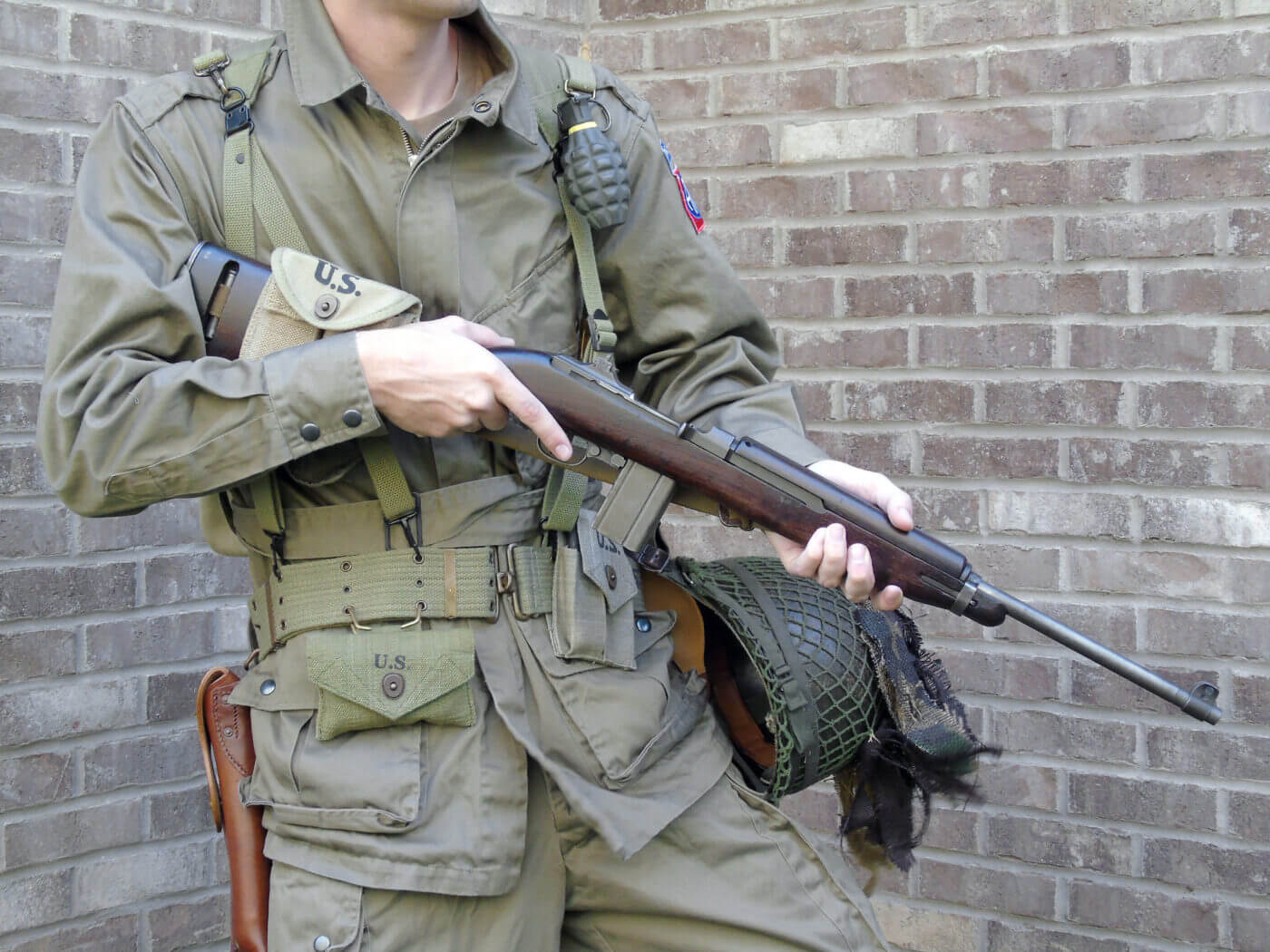
There are few examples of American military manufacturing prowess more compelling than that of the M1 Carbine. Grunts of the day just called it the Carbine. The Carbine was America’s first Personal Defense Weapon.

John Moses Browning’s revered M1911A1 pistol, holy thing that it was, remained a tough tool to run well by any troops with marginal training. Though the handgun is the most common defensive firearm in the world, it is hands-down the most difficult to master. What Uncle Sam needed was a lightweight rifle that was easy to carry and simple to use.
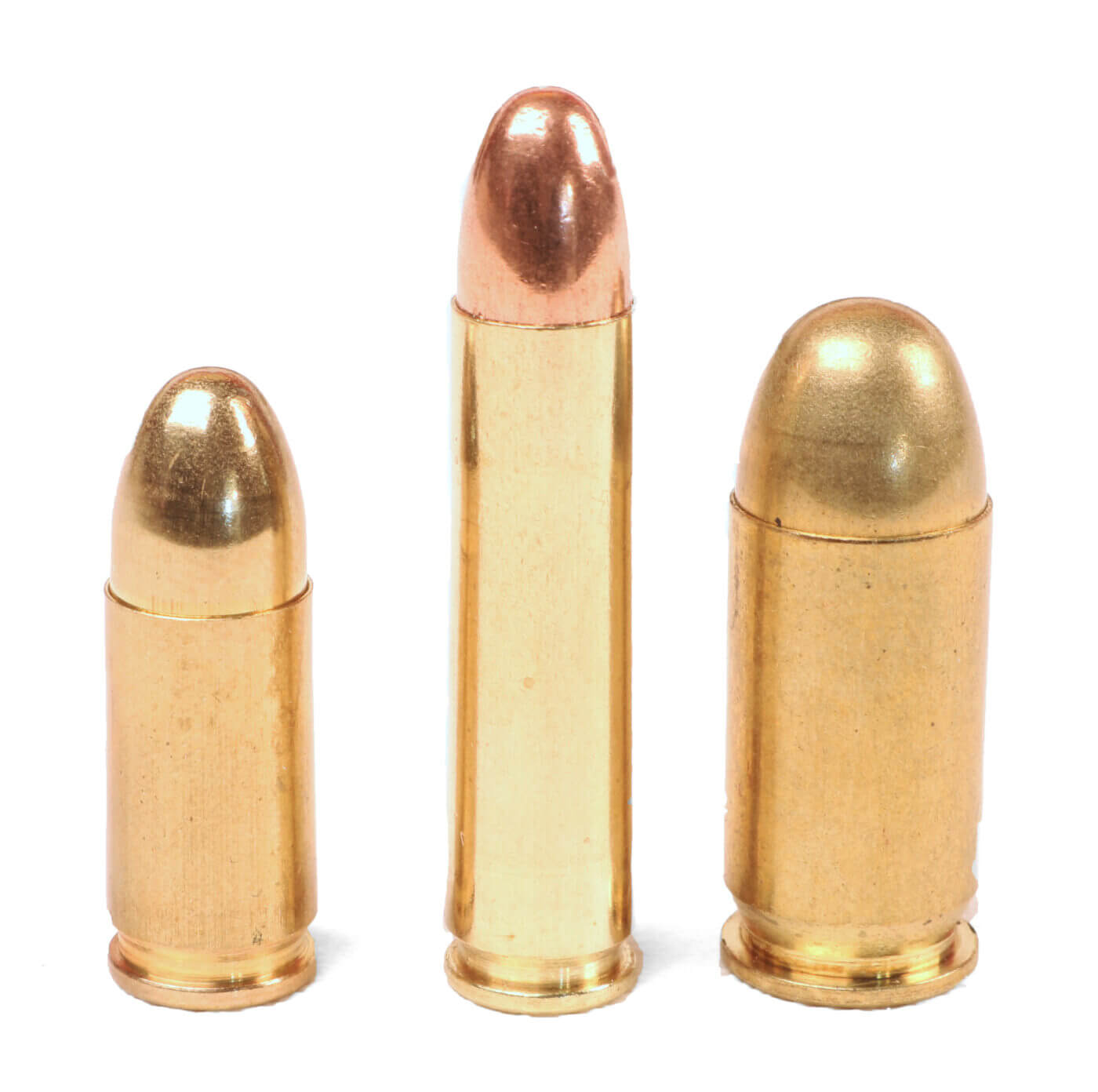
Folks like us seldom give the humble Carbine a fair shake. Compared to the battle rifles of the day, it was indeed fairly anemic. However, compared to a handgun, the .30-caliber Carbine was simply magnificent. When viewed through that lens, the mission and performance of the Carbine attain better clarity.

Criminally Capable
David Marsh Williams, a convicted murderer who conjured gun designs while in prison, played an instrumental part in the little rifle’s design. The warden where he served supposedly let him piddle in a machine shop while incarcerated. Allowing a convicted murderer to build guns while in prison always seemed a fairly bold move on the warden’s part to me — thank goodness he did if true, though!
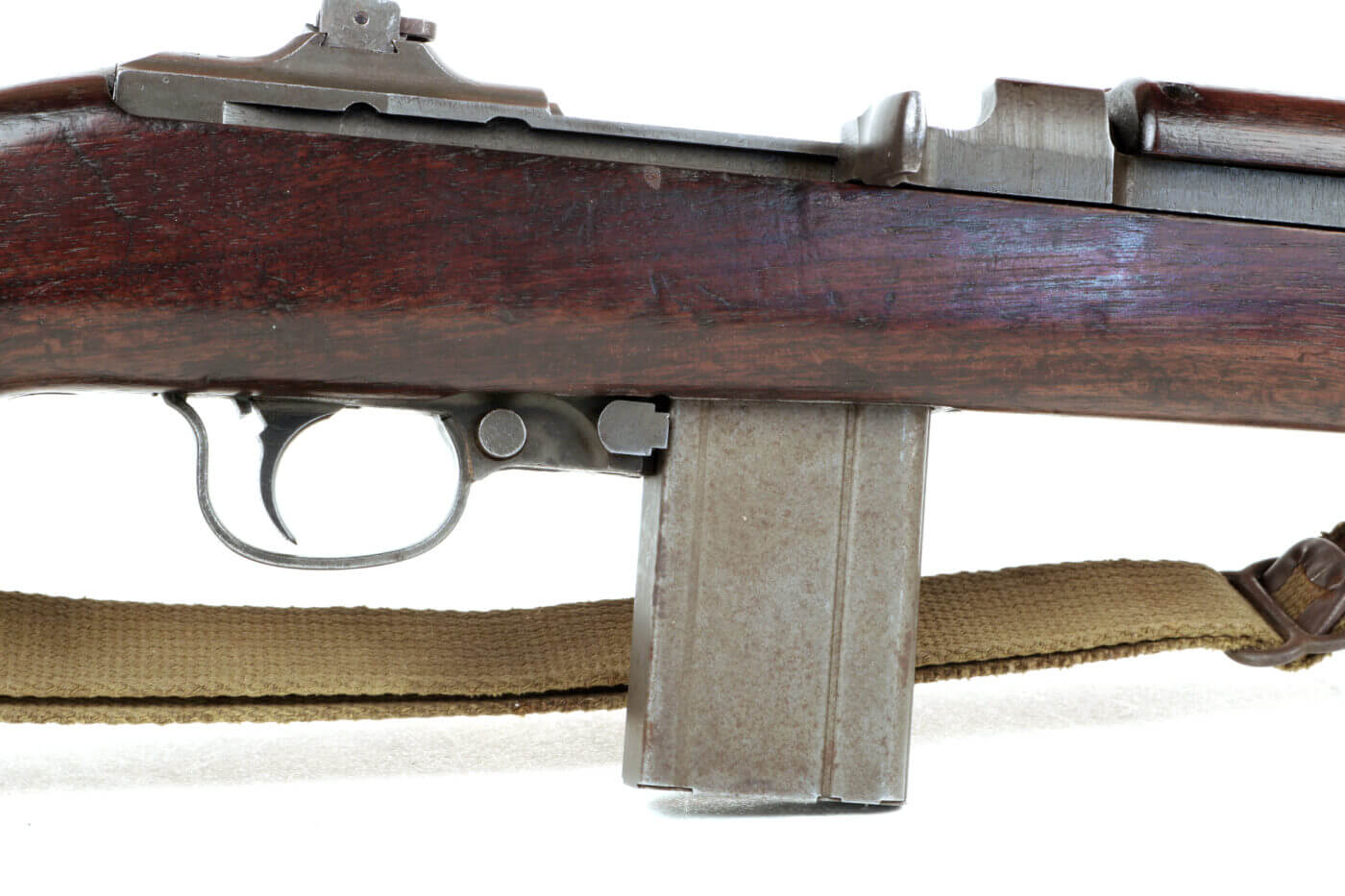
Another major player was Ed Browning, the brother of the aforementioned famed American gun designer John Moses Browning. Apparently those kids just had the gun designing gene. Winchester ultimately pulled together the winning prototype in a mere thirteen days.
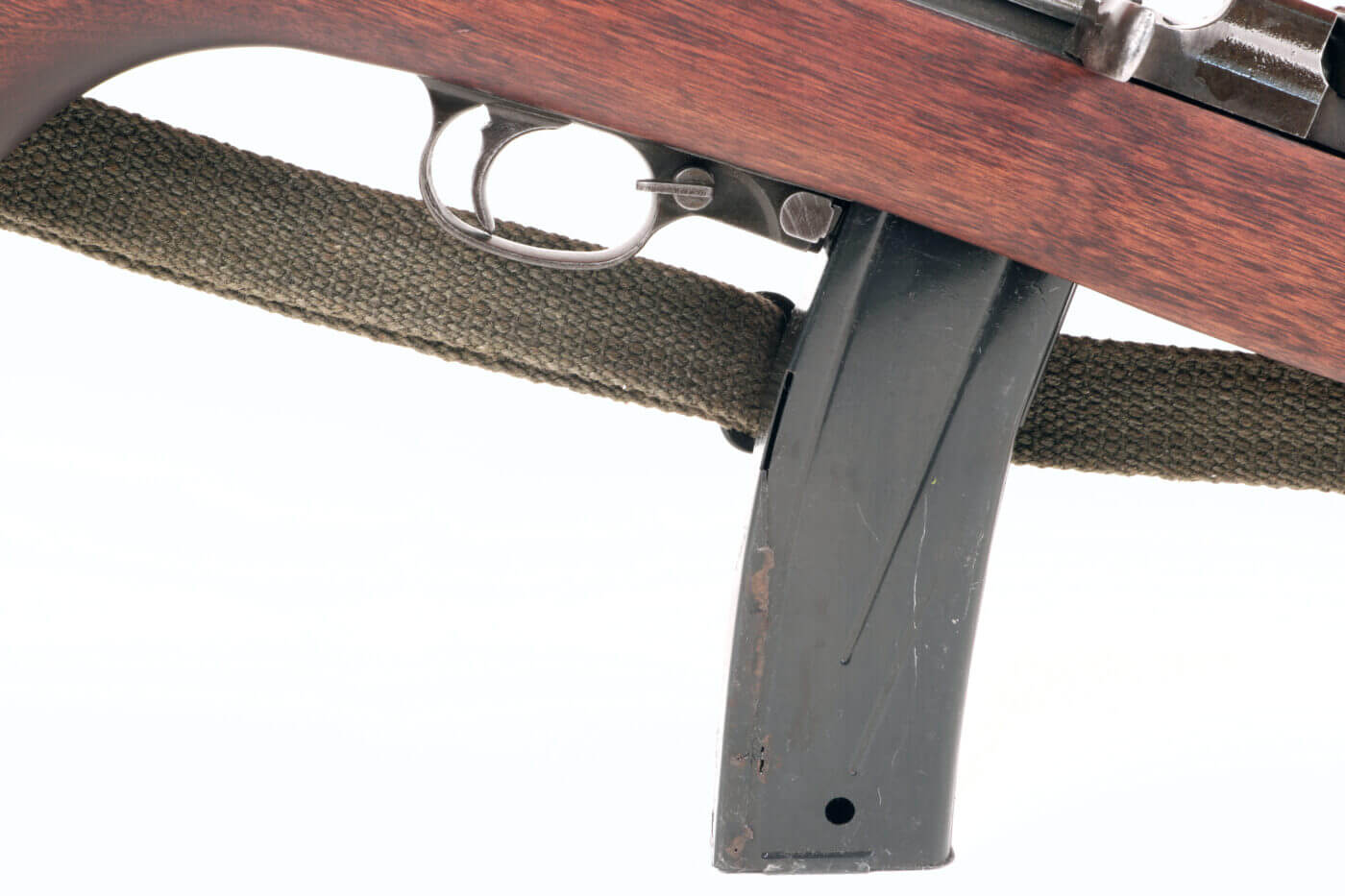
Fuel for the Fire
The M1 Carbine was a weapon system, in the purest sense. The revolutionary .30-carbine 7.62x33mm round pushed a 110-gr. jacketed bullet to just a bit short of 2,000 feet per second. By contrast, the 7.92×33 Kurz round fired by the German StG44 launched a 123-grain spitzer (pointed) bullet at 2,250 feet per second.
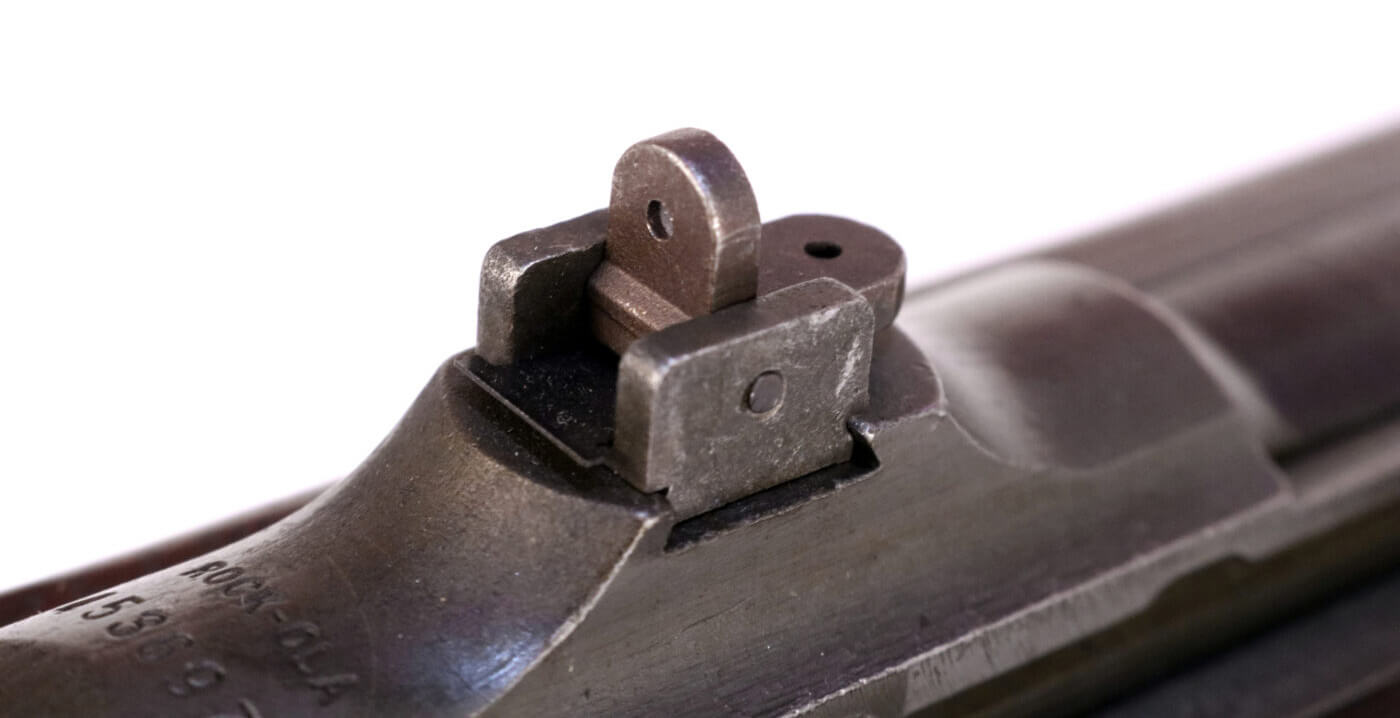
The rimless .30 Carbine case sports the tiniest taper to ensure reliable extraction and feeds from a steel box magazine. Almost all magazines used during World War II in the Carbine were stubby 15-round boxes. The 30-round curved magazines saw very limited use at the end of the war but were commonplace in Korea and later, Vietnam.
By the Numbers
During the course of wartime production, we made more than six million carbines. Ten different companies built the rifles. This compact little gun was the most produced American small arm of the war. At the height of production we were manufacturing 65,000 Carbines per day.
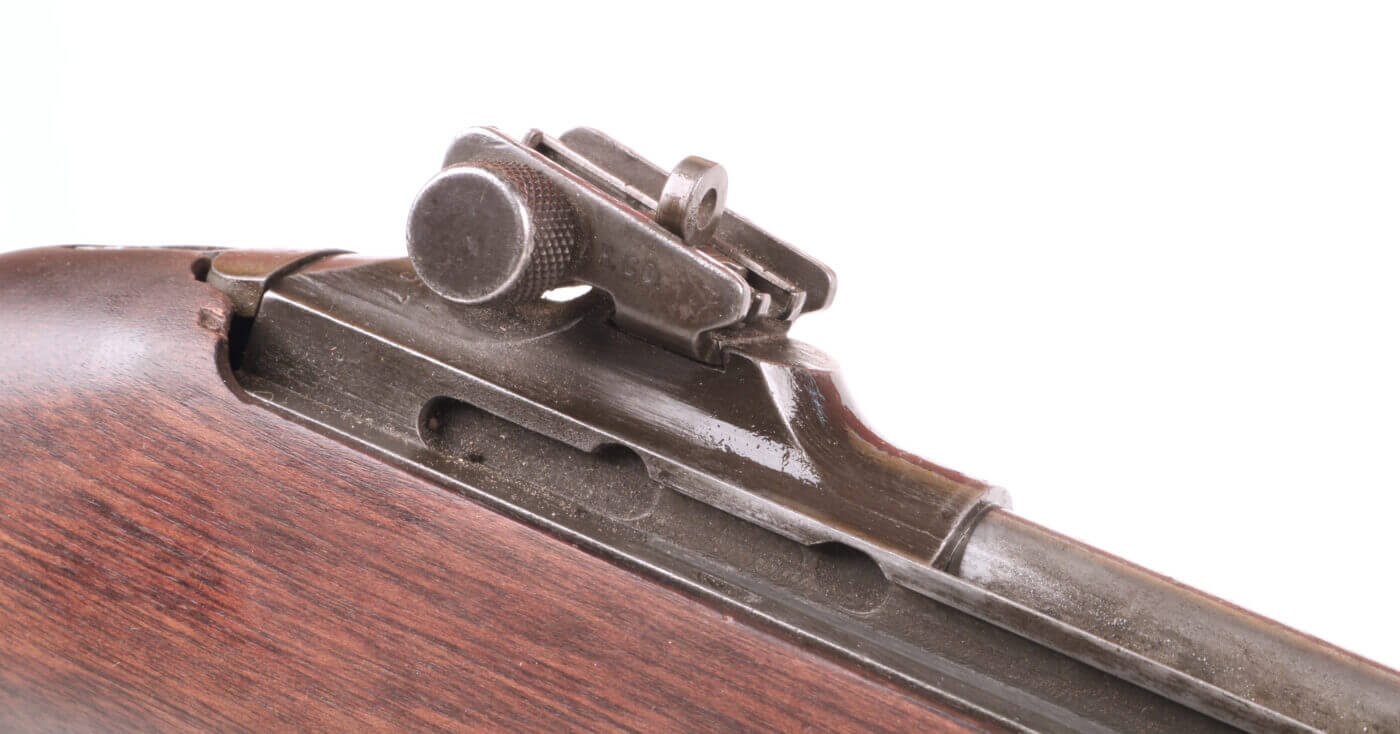
By comparison, during the war we pushed out 1.5 million Thompson submachine guns and 5.4 million M1 Garand rifles. That was alongside 1.9 million M1911A1 handguns. Meanwhile, the Germans produced around a million MP40 submachine guns and about 426,000 StG44’s of all sorts. The Russians made about five million PPSh subguns. (To learn more about the subguns of World War II, click here).
There is an Internet-based religion that orbits around the nuances of Carbine collecting. Its acolytes do not suffer heretics lightly. Carbine parts got mixed and matched liberally during the rebuild process both during and after the war, so pure virgin rifles can be both tough to find and ridiculously expensive. Though most Carbines available on the market today sport an adjustable rear sight and bayonet lug, the vast majority of the wartime guns featured a simple flip adjustable sight and no lug.
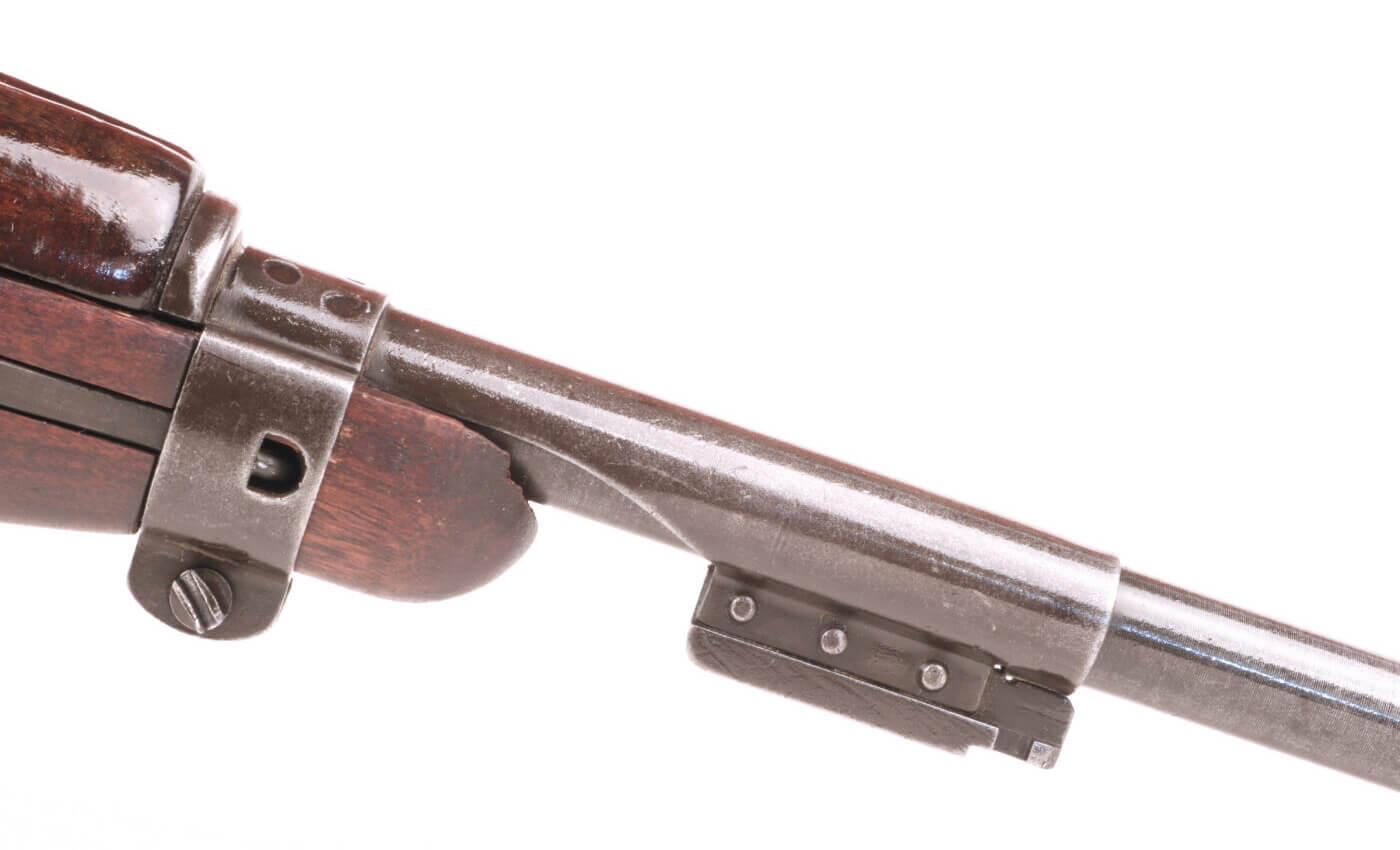
Voluminous Variations
A selective-fire version called the M2 Carbine was introduced in October of 1944. There were purportedly very few of these versions to see combat before the end of the war. However, a friend’s dad found one unattended aboard a transport ship during the invasion of Iwo Jima and brought it home as a souvenir, so I know there was at least one present in February of 1945.
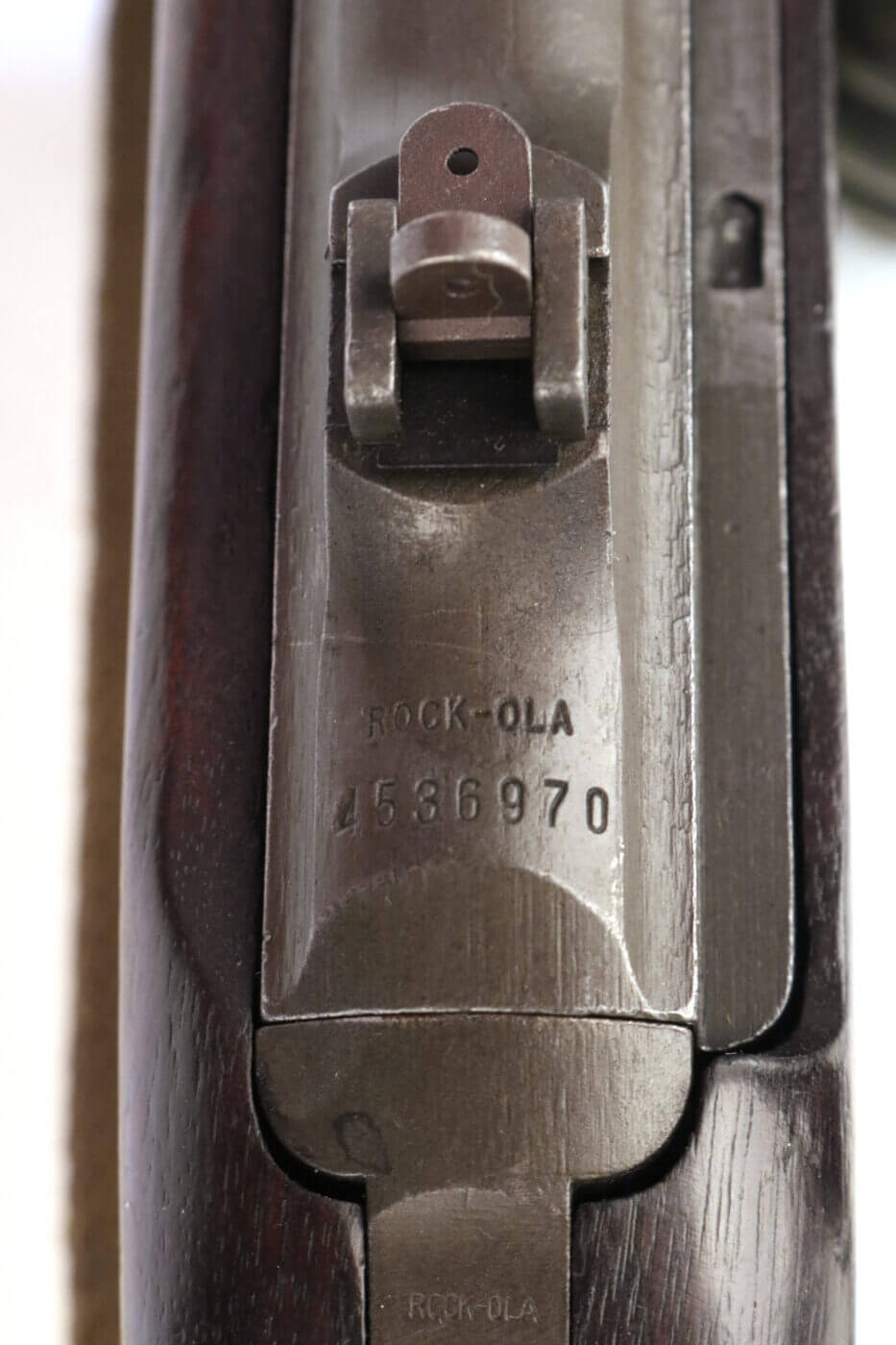
An Airborne-specific version sporting a flimsy side-folding wire stock was designated the M1A1. I have found the folding stock to be underwhelming in actual use. The bare steel is uncomfortable, and the stock lacks a positive retention device when either deployed or stowed. A friend was given an M1A1 by the family of the man who jumped with the rifle into Normandy. Thinking of all the collectible firearms I have ever seen, that one is the coolest.
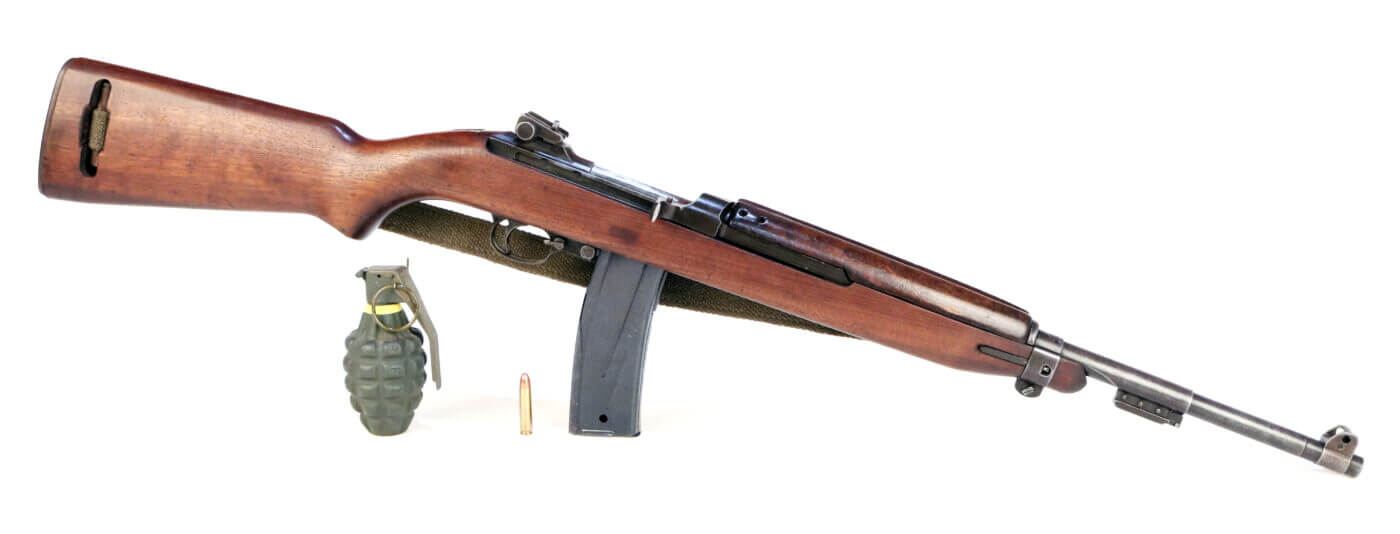
The M3 was the same basic Carbine fitted with an early IR night scope and flash hider. These cumbersome rigs had a short range, around 75 meters. However, they yielded superb service during night operations in the Pacific islands at the very end of the war. During the fight for Okinawa these rifles accounted for some 70% of all small arms casualties inflicted upon the Japanese. Japanese troops would divest themselves of all metal before a nighttime attack falsely assuming that these night-firing Carbines were somehow radar-directed.

Early Carbines sported a pushbutton safety alongside the pushbutton magazine release. It was therefore awfully easy to inadvertently jettison the magazines when attempting to press off the safety. I have myself done this before. The later rotating safety lever rectified this problem nicely.
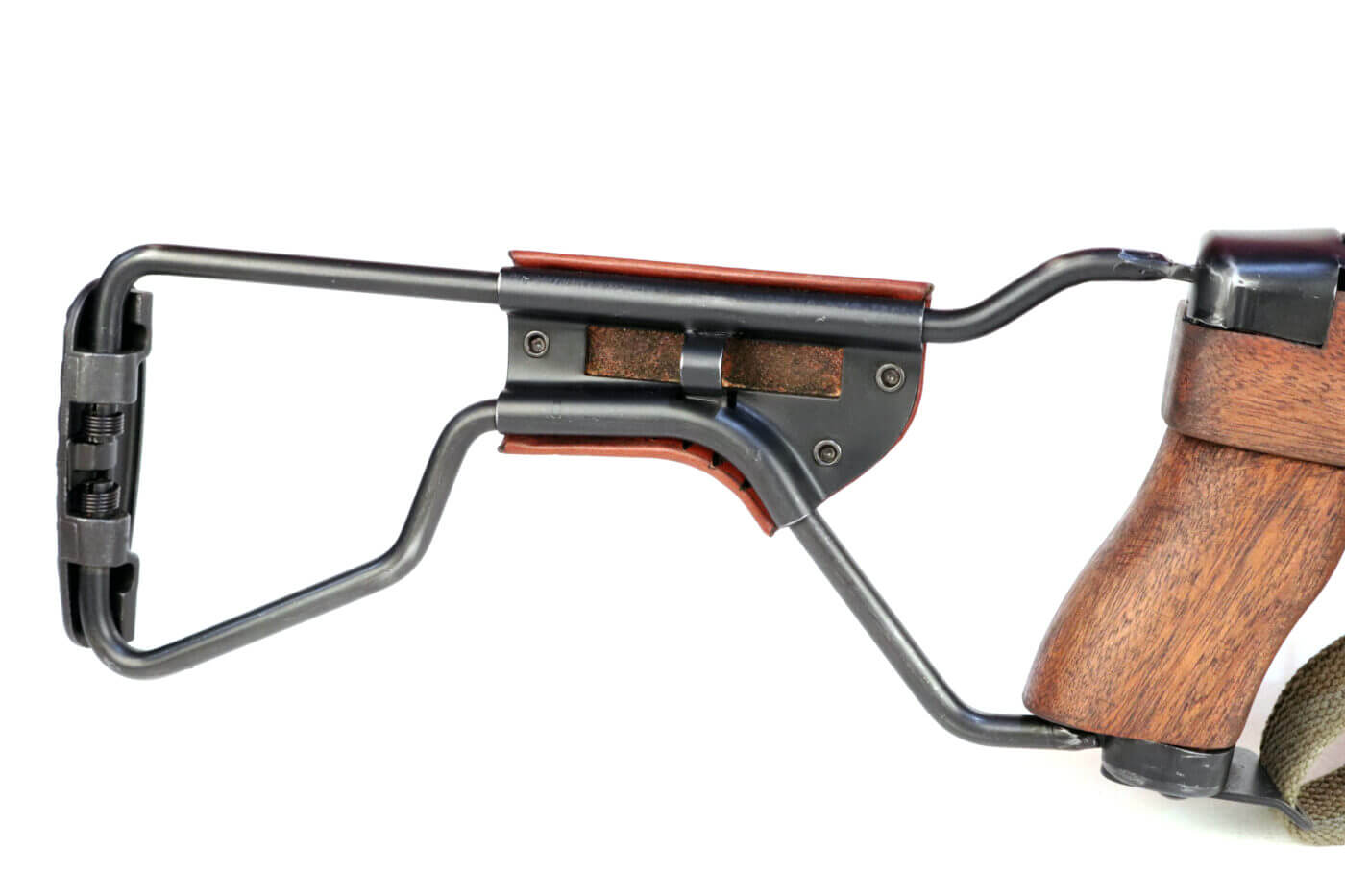
Range Time
The M1 Carbine is pure unfiltered recreation on the range. The gun is all but recoilless and fairly reliable even under hard use. A friend who served as an Infantry officer in Korea traded his M2 Carbine for an M1 Garand but admitted that the M2 remained popular for its modest weight and full-auto capability.
The trigger is pleasantly crisp, and the gun is good out to a couple hundred meters. I find that the low bore axis lends itself nicely to decent combat accuracy. However, the sight picture gets a bit cluttered given the ample protective fencing built around the sights and the inletted forearm.
Conclusion
The M1 Carbine was a war-winning weapon. It was not the most powerful or the most accurate rifle on the battlefield, but it was the most prevalent. Lightweight, handy and fun to run, the M1 Carbine remains a splendid way to while away a lazy Saturday afternoon at the range even today. No decent gun collection is complete without one.
Editor’s Note: Special thanks from the author to www.worldwarsupply.com for the replica gear used to outfit the period G.I. shown in the photography.
Also, be sure to check out The Armory Life Forum, where you can comment about our daily articles, as well as just talk guns and gear. Click the “Go To Forum Thread” link below to jump in!
Join the Discussion
Continue Reading
Did you enjoy this article?

 187
187






